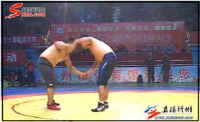
This research begins from the awareness that even though there are different forms of wrestlings in the ethnic minority groups in China, the study on their morphological aspects has reached the limit. Based on the documents and VOD data about these wrestlings of each ethnic group, their morphological characteristics can be verified as follows. First, The postures of Han and Mongolian people take the way of two players standing and playing, and Korean-Chinese people and Hui people take a saddle stance using a thigh band. Second, as for the arenas for the wrestlings, owing to some geographical features and natural environments, they were set up at a specific area during the traditional era using natural objects(grass, lawn, soil, sand). Yet, in the modern times, they have been changed as being installed and run in modernized gyms, sports fields, or parts following the standard of stadium facilities supervised by each organization. Third, with regard to the play wear of wrestling, some parts of the traditional costumes have been transmitted and worn. However, in case of most of the traditional costumes, it has been found out that modernized clothes which take the forms of garments developed since the modern era into consideration are being used. Fourth, in terms of the game equipments of wrestling, certain clothes(uniform, vest), running shoes and a band(a thigh band) should be worn.


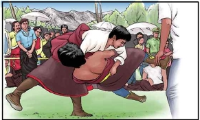
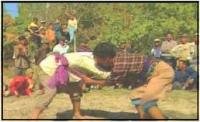
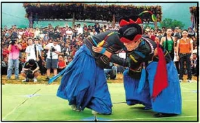
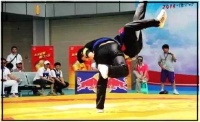

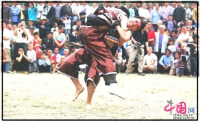
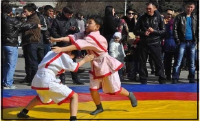
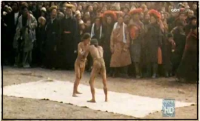
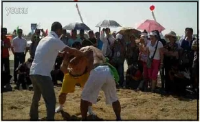
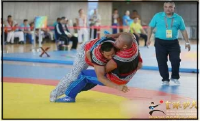
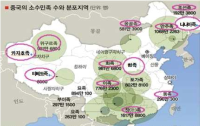














PURPOSE This study aimed to explore the effective and pragmatic idea regarding the development of physical education teacher education (PETE) programs in China. These programs share both similarities and differences in China and Korea, and they are also discussed here. METHODS Six universities reflecting the regional specificities of Korea and China were selected following consultation with experts. Data collected through in-depth interviews, non-participatory observation, literature, and local documents were analyzed and interpreted by using the comparative analysis research method. RESULTS First, when comparing the curriculum, which was divided into liberal arts, major, and teaching subjects in both countries, the ratio of liberal arts and teaching subjects was similar in Korea following major subjects. As for China, major subjects came in first, followed by liberal arts and teaching subjects. Second, the relative pros and cons of preliminary sports teacher education in Korea and China were aimed at nurturing competent sports experts with both expertise and personality. They were generally similar in terms of content dimensions; however, they were found to be different in several areas. Particularly in the case of China regarding the teaching subject, practical subjects that were of pragmatic help to the school field were found to be relatively insufficient. Third, the implications for improving China's preliminary PETE were to emphasize the importance of personality in educational goals at the goal level, and as for the content level, it was necessary to replaced them with classes that could be of pragmatic use in the existing teaching method. Furthermore, at the methodological level, professional training of physical education teachers should be proposed, training them to cultivate character. Finally, more positive changes can be pursued if efforts at the environmental level are well-matched and improved. CONCLUSIONS To improve China's preliminary PETE program, it is necessary to enhance the environment and institutions using various teaching methods to cultivate expertise, such as practical aspects of university-field linkage and preliminary teacher personality education.